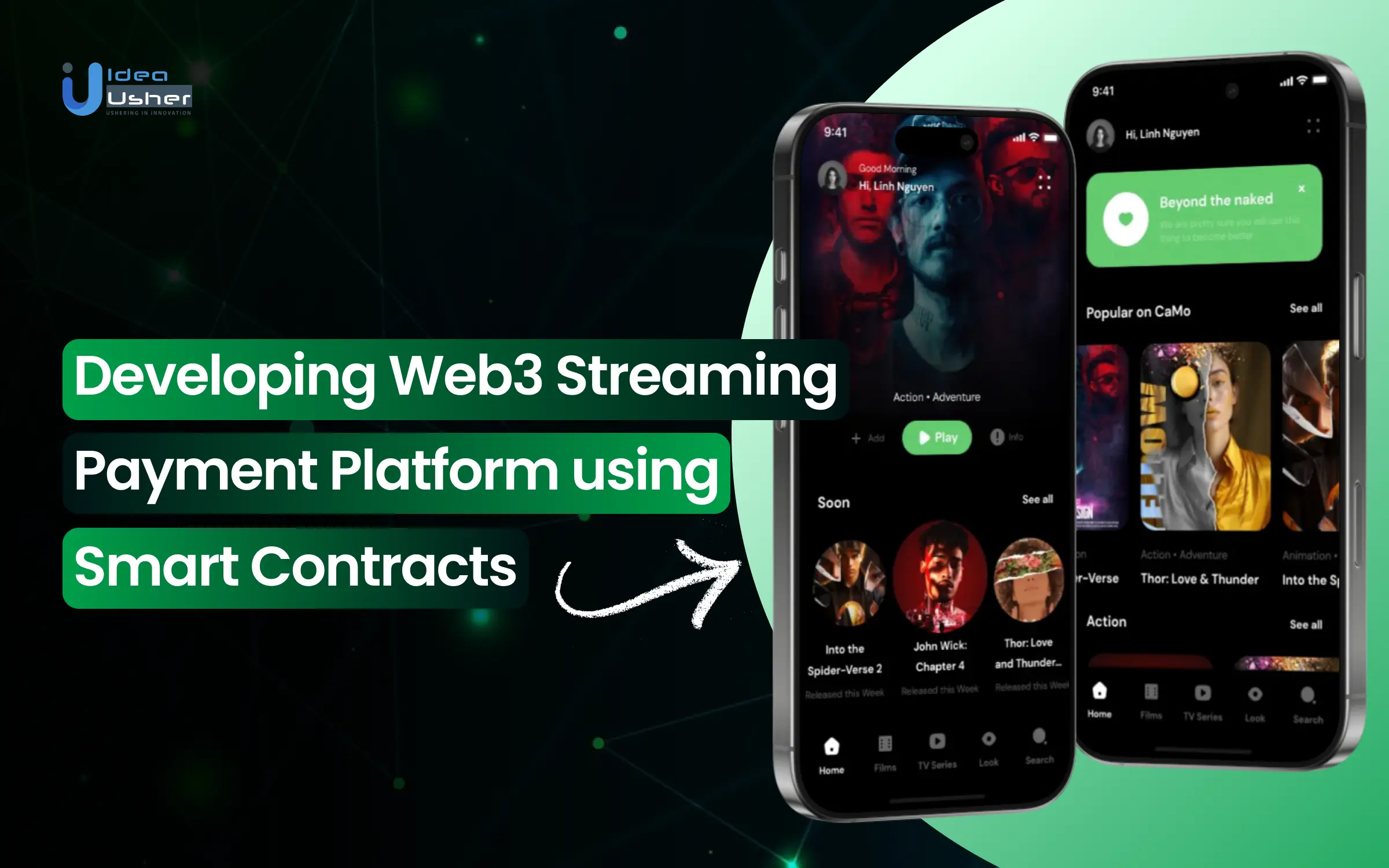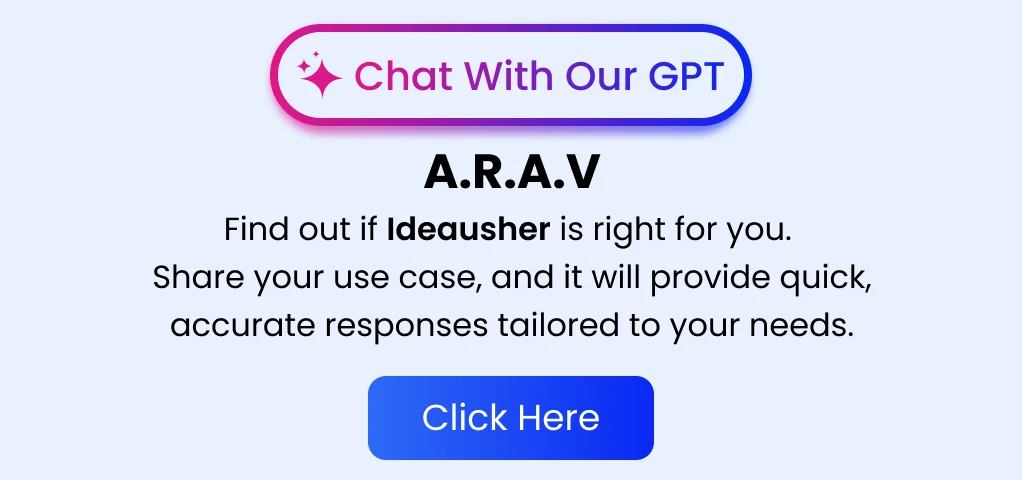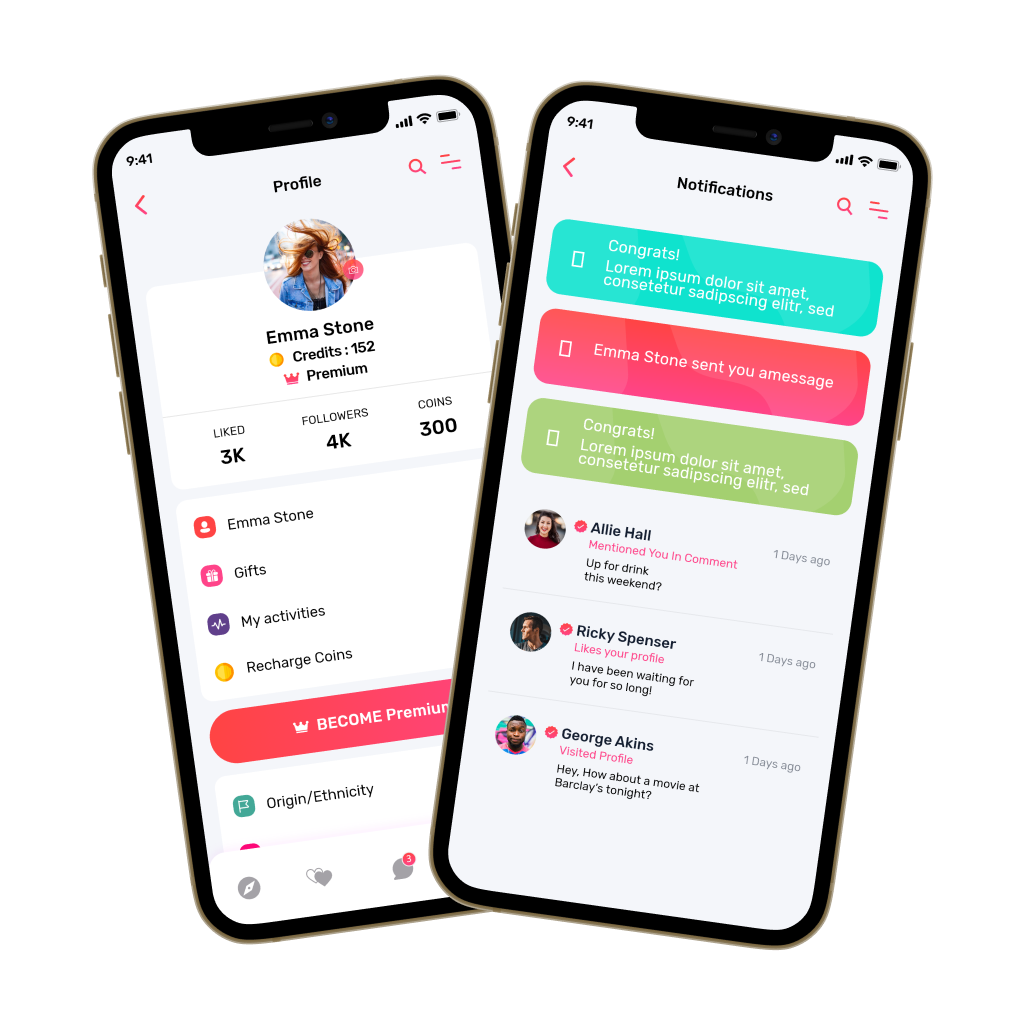Streaming is evolving faster than ever, and Web3 technology is at the center of this change. With Web3 streaming payment platforms, users can pay for content in real time without any delays or middlemen, ensuring creators get their fair share instantly. These platforms use smart contracts to create fast, secure, and transparent payment systems. Whether users are watching a live video or listening to their favorite artist, payments are smooth and hassle-free. The blockchain market in media and entertainment is growing rapidly and is expected to reach $1.54 billion by 2027.
Take Livepeer and Audius, for example. Livepeer is shaking up video streaming by cutting down on infrastructure costs and paying creators through its native token. The platform now generates over 10 million dollars in annual revenue, which shows just how powerful this model can be.
Audius is doing something similar for the music world. It allows artists to connect directly with their fans and earn more, bringing in over 5 million dollars in annual revenue.
In this blog, we’ll walk you through building your own Web3 streaming payment platform using smart contracts. Let’s explore how to bring blockchain and streaming together to create something amazing.
Key Market Takeaways for Web3 Streaming Payment Platforms
According to GrandViewResearch, the Web3 payment solutions market is growing fast and it shows no signs of slowing down. Valued at 9.64 billion dollars in 2023, it is expected to grow at an impressive rate of 28.5 percent from 2024 to 2032. This growth is driven by the rise of decentralized finance blockchain advancements and the need for secure, transparent and efficient payment systems.
Source: GrandViewResearch
Web3 streaming payment platforms are leading the way by changing how the streaming industry works. They allow for direct peer-to-peer payments, automated royalty distribution with smart contracts and even boost user engagement through token-based rewards.
Web3 streaming platforms are gaining popularity because they solve many problems found in traditional payment systems. These platforms are reshaping the content ecosystem with innovative models and smart partnerships. Take Theta Network for example. It offers decentralized video streaming where viewers earn Theta Fuel tokens for sharing their bandwidth while creators get paid directly in cryptocurrency.
Then there is Livepeer, which allows live streaming with features like direct crypto donations and NFT sales tied to live events, giving creators new ways to earn money.
Partnerships are also playing a big role in this space. The Aptos Foundation’s collaboration with Myco is a great example, bringing millions of users into the Web3 ecosystem and integrating blockchain-based streaming with user-generated content.
A Perfect Time to Invest in Developing a Web3 Streaming Payment Platform
Starting a Web3 streaming payment platform is a great idea right now with the entertainment and media industries jumping on the blockchain bandwagon. Web3 makes it possible for creators to receive payments directly from fans through decentralized peer-to-peer systems. This means no middlemen taking a big cut which leads to lower transaction fees. It’s perfect for creators like musicians and video producers who want more control over how they earn from their content.
With the growing popularity of NFTs, digital collectibles and blockchain-based content ownership, creators are looking for ways to make their work profitable in new ways. A Web3 payment solution would tap into this demand and give users a smooth way to pay while giving creators more control over their earnings.
Look at Audius for example. It’s a decentralized music streaming platform where artists can upload their tracks and get paid directly through blockchain. Audius now has over 5 million monthly active users and a market value of about $1 billion.
Another good example is Theta. It’s a decentralized video streaming platform where users can earn by sharing bandwidth and content. Theta has teamed up with big names like Samsung and Google and its market cap has grown to over $10 billion. These platforms show how Web3 payment solutions are really changing the game for creators and how much potential there is in this space.
Work with Ex-MAANG developers to build next-gen apps schedule your consultation now
Key Features of a Web3 Streaming Payment Platform
Web3 streaming payment platforms are changing the way users enjoy content and handle payments. They combine blockchain, transparency and security with interactive features that make the experience smoother and more rewarding. Here are five key features that users will love,
1. Seamless Crypto Wallet Integration
One of the best things about Web3 streaming platforms is how easily they make crypto payments. Users can connect their favorite crypto wallets like MetaMask or Trust Wallet directly to the platform. This lets users make payments, receive rewards, and manage subscriptions without having to deal with traditional banks.
2. Pay-Per-View and On-Demand Payments
Not every user wants to commit to a monthly subscription and Web3 platforms understand that. Many platforms offer pay-per-view or on-demand payment models so users only pay for the content they want to watch. Whether it is renting a movie, catching up on a live event or purchasing a specific show, users have complete flexibility.
3. Token-Based Rewards and Incentives
Web3 platforms love keeping users engaged and token-based rewards are a big part of that. Users can earn tokens by watching content, joining community activities or helping spread the word about the platform. These tokens can be redeemed for exclusive content or merchandise or converted into cryptocurrencies.
4. Interactive Live Streaming Features
Live streaming on Web3 platforms takes user engagement to a whole new level. Features like real-time tipping, crypto donations, and live chat allow users to support their favorite creators directly. During live events, users can send crypto tips or buy virtual gifts, giving creators immediate financial support.
5. Decentralized Content Ownership
One of the most exciting parts of Web3 platforms is decentralized content ownership. Users can buy exclusive rights to content like music tracks, videos or artwork as NFTs. This means users are not just watching content they actually own digital assets that they can trade on secondary marketplaces.
Development Steps for a Web3 Streaming Payment Platform
Here are the steps to develop a web3 streaming payment platform using smart contracts,
1. Decide What Your Platform Will Offer
First things first, what’s your platform all about? You’ll need features like direct payments to creators and monetization options like tipping, subscriptions, and NFTs.
2. Choose the Best Blockchain
Not all blockchains are created equal. Ethereum is a solid choice for smart contracts, but Polygon or Binance Smart Chain might be better if you want lower fees and faster transactions. Pick what works best for your needs.
3. Build Smart Contracts for Payments
This is where the magic happens. Smart contracts handle everything automatically like microtransactions and even royalties. Once a payment is made, the creator gets their share instantly. No waiting, no extra fees.
4. Add Crypto Wallets
Your users need an easy way to send and receive payments. Make sure your platform supports popular wallets like MetaMask, Trust Wallet, or Coinbase Wallet so transactions are smooth and secure.
5. Use Tokens and NFTs for More Revenue
A native token can be used for transactions and rewards. NFTs let creators sell exclusive content, offer memberships, or even grant access to special live streams.
6. Store Content on a Decentralized Network
Forget traditional servers. Decentralized storage like IPFS or Arweave keeps content secure and censorship-resistant. This way, creators actually own their content instead of relying on big tech platforms.
7. Design an Easy-to-Use Interface
Nobody wants to struggle with a confusing UI. A clean, simple design makes it easy for users to connect their wallets and make payments without a headache. Tools like Web3.js or Ethers.js help link your front end to the blockchain.
8. Lock Down Security and Follow Regulations
Security is non-negotiable. Get regular smart contract audits, use encryption, and add multi-signature authentication to protect funds and data. Also, check the legal side of things to keep your platform compliant.
9. Launch, Test, and Keep Improving
Time to go live! Start with a beta launch, get user feedback, and keep refining the platform. The best platforms evolve based on what users need, so stay flexible and keep building.
Cost of Developing a Web3 Streaming Payment Platform
| Category | Task | Cost Range (USD) |
| 1. Research and Planning | Market Research | $500 – $1,500 |
| Analyzing existing platforms and Web3 solutions | ||
| Identifying target audience and demand | ||
| Technical Feasibility | $500 – $1,500 | |
| Evaluating blockchain options and architecture | ||
| Defining features and roadmap | ||
| Legal & Regulatory Consultation | $0 – $2,000 | |
| Understanding KYC/AML compliance | ||
| Consulting legal experts on tokenomics | ||
| 2. Smart Contract Development | Core Logic Implementation | $1,500 – $15,000 |
| Developing contracts for streaming payments | ||
| Implementing escrow & subscription logic | ||
| Tokenomics (if applicable) | $500 – $5,000 | |
| Designing and deploying a custom token | ||
| Security Audits | $1,000 – $10,000 | |
| Engaging third-party auditors | ||
| 3. Frontend Development | UI/UX Design | $1,000 – $5,000 |
| Designing user-friendly interfaces | ||
| Wallet Integration | $500 – $3,000 | |
| Connecting MetaMask, WalletConnect, etc. | ||
| Streaming Interface | $1,000 – $10,000 | |
| Real-time streaming data display | ||
| Subscription Management Interface | $500 – $5,000 | |
| User & creator subscription controls | ||
| 4. Backend Development | API Development | $1,000 – $10,000 |
| APIs for blockchain interactions | ||
| Database Integration | $500 – $5,000 | |
| Storing user & streaming data | ||
| Off-chain Computation | $500 – $5,000 | |
| Handling complex calculations | ||
| 5. Testing & QA | Unit Testing | $500 – $3,000 |
| Testing smart contract functions | ||
| Integration Testing | $500 – $3,000 | |
| Frontend and smart contract interactions | ||
| User Acceptance Testing (UAT) | $0 – $4,000 | |
| Testing with real users | ||
| 6. Deployment & Maintenance | Testnet & Mainnet Deployment | $500 – $2,000 |
| Deploying smart contracts | ||
| Ongoing Maintenance | $500 – $3,000 | |
| Monitoring errors and updating platform |
Total Estimated Cost Range: $10,000 – $100,000
Factors Affecting the Development Cost of a Blockchain Recurring Payment Platform
Building a Web3 streaming payment platform comes with some unique costs compared to regular software. Let’s look at a few key factors that can affect your budget.
- Smart Contract Security Audits: Since blockchain records can’t be changed, it’s crucial to ensure your smart contracts are secure. Security audits are a must and the cost depends on how complex your contracts are. It’s an extra step that’s unique to Web3 but worth the investment.
- Blockchain Network Selection: Transaction fees or gas fees can vary a lot between blockchains. Picking a network with lower fees might save you money now but it could affect your platform’s scalability down the road. Since transaction costs are a big part of the overall expenses this choice really matters.
- Gas Optimization: Writing smart contracts efficiently to reduce gas fees is a specialized skill. Better coding means lower transaction costs for users and your platform. It’s a smart move to focus on gas optimization from the start.
- Tokenomics: If your platform uses custom tokens, things get more complex. You’ll need to plan how tokens are distributed, managed and governed. This adds to the cost but is essential if tokens are part of your platform’s model.
Most Successful Business Models for Web3 Streaming Payment Platforms
Here are the most successful business models of web3 streaming payment platforms,
1. Subscription-Based Smart Contract Models
This model uses blockchain smart contracts to automate recurring payments, making sure creators get paid instantly with minimal fees. Platforms like Streamiverse use this method, letting streamers set up subscriptions in crypto or fiat with fees as low as 1–3 percent compared to traditional platforms that take up to 50 percent.
- Smart contracts split payments instantly between creators and collaborators like moderators or editors.
- Supports 80 plus cryptocurrencies and 20 plus fiat payment methods, removing geographical barriers.
- Immutable blockchain records ensure fair and transparent revenue sharing.
2. Tokenized Economy Models
This model uses utility tokens to get users more engaged and make payments easier. Platforms like Livepeer reward users who stake tokens by giving them access to premium streaming features. Creators also earn tokens based on how many viewers they attract.
- Tokens offer governance rights, access to premium content, or staking rewards.
- Creators earn extra tokens for audience retention metrics like watch time.
- Tokens can be traded on decentralized exchanges, allowing for value growth.
3. Decentralized Payment Gateways
These platforms simplify crypto and fiat payments by aggregating cross-chain methods. Streamiverse’s built-in wallet, for example, converts 50-plus fiat currencies into crypto for instant payouts. Platforms like Meld and TransFi offer unified APIs for global payment processing.
- Accept payments in BTC, ETH, or regional methods like UPI (India) or Pix (Brazil).
- Transaction costs average 0.5 to 2 percent versus traditional gateways’ 5 to 10 percent.
- Tools like Tres Finance ensure tax and regulatory compliance for cross-border transactions.
Top 5 Web3 Streaming Payment Platforms in the USA
Here are the top five web3 streaming payment platforms in the USA,
1. Superfluid
Superfluid is a big player when it comes to Web3 payment streaming. It allows businesses to handle things like subscriptions, salaries, and rewards in real time without any hassle.
- Payments stream per second, so users get instant access to their funds.
- Users can change or cancel payment streams whenever they need to, no strings attached.
- Many DAOs and businesses use Superfluid for payroll and subscriptions, and for good reason!
2. Streamiverse
Streamiverse is all about giving content creators, especially streamers, more control. It focuses on lowering fees and making access better globally, which is a total game-changer for both users and creators.
- It cuts down on platform fees, so creators keep more of what they earn.
- Whether it’s fiat or crypto, Streamiverse makes it easy for users to make payments from anywhere in the world.
- It works seamlessly with popular platforms like Twitch and YouTube.
3. Replay
Replay is built on Theta’s Core Blockchain and offers a platform where content creators and users can connect in ways they haven’t before. Creators can see how users are engaging with their content in real time.
- Users earn RPLAY tokens for watching content, which they can use for premium services or even NFTs.
- Blockchain technology ensures clear and trustworthy payment processes.
4. Theta.tv
Theta.tv is a decentralized video streaming platform powered by blockchain technology. It focuses on creating a peer-to-peer ecosystem for video content and giving users more control over their streaming experience.
- Users who share their bandwidth to support content delivery earn Theta Fuel tokens. It’s a great way for users to get rewarded just for helping out.
- Creators can tokenize exclusive content as NFTs, allowing users to purchase and own unique digital assets. This creates a more personal connection between users and creators.
- By reducing reliance on centralized servers, costs are lower, and scalability is improved. This means users enjoy a smoother and more affordable streaming experience.
5. Livepeer
Livepeer is a decentralized live-streaming platform that leverages blockchain for efficient video transcoding and delivery. It’s designed to make live streaming both cost-effective and high-quality.
- Livepeer uses a distributed network of nodes, cutting streaming costs by up to 50%. Users and creators both benefit from the savings.
- Users can directly support creators with cryptocurrency donations during live streams. It’s an easy way for users to show appreciation in real-time.
- Developers can integrate Livepeer into their own applications, giving users a more customizable and innovative streaming experience.
Conclusion
Building Web3 streaming payment platforms with smart contracts is really changing the game for content creators. It’s making things more transparent and efficient while allowing creators to connect directly with their audience without any middlemen. For businesses, it’s a great chance to create decentralized platforms that lower transaction costs and give more control to creators. There are so many ways to make money with these platforms too. You can charge platform fees, offer subscription models or even create your own token economy.
Looking to Develop a Web3 Streaming Payment Platform?
We’ve got you covered at Idea Usher! With over 500,000 hours of coding experience our expert team is ready to help you build a secure, efficient and cutting-edge platform. We’ll work closely with you to create a solution that uses smart contracts for transparent and automated payments making the experience smooth for your users while boosting your revenue. Let’s turn your vision into reality and take your platform to the next level!
Work with Ex-MAANG developers to build next-gen apps schedule your consultation now
FAQs
Q1: How do you develop a Web3 streaming payment platform?
A1: Building a Web3 streaming payment platform starts with picking the right blockchain network and setting up smart contracts to handle payments automatically and securely. You’ll also need to integrate cryptocurrency wallets and create a user-friendly streaming experience while keeping data privacy in mind. It sounds complex, but with the right team who understands both blockchain and streaming services, the process becomes much easier.
Q2: How much does it cost to develop a Web3 streaming payment platform?
A2: The cost of building a Web3 streaming payment platform really depends on what you want it to do and which blockchain you choose. Things like how complex your smart contracts are, wallet integration and security measures will affect the price. It’s best to chat with your development team to get a clearer idea of the budget based on your specific needs.
Q3: What features does a Web3 streaming payment platform have?
A3: A Web3 streaming payment platform usually offers things like direct peer-to-peer payments, automated royalty distribution through smart contracts, and real-time payment processing. You’ll also want cryptocurrency wallet integration for secure transactions and maybe token-based rewards to keep users engaged. Some platforms even support live streaming and NFT integration.
Q4: How long does it take to develop a Web3 streaming payment platform?
A4: The timeline really depends on how complex your platform is and what features you want to include. Generally, it takes several months to go from planning to launch. Smart contract development, wallet integration, and thorough security testing are key steps that need enough time to get right. Working closely with your development team can help keep things on track and ensure a smooth launch.





















